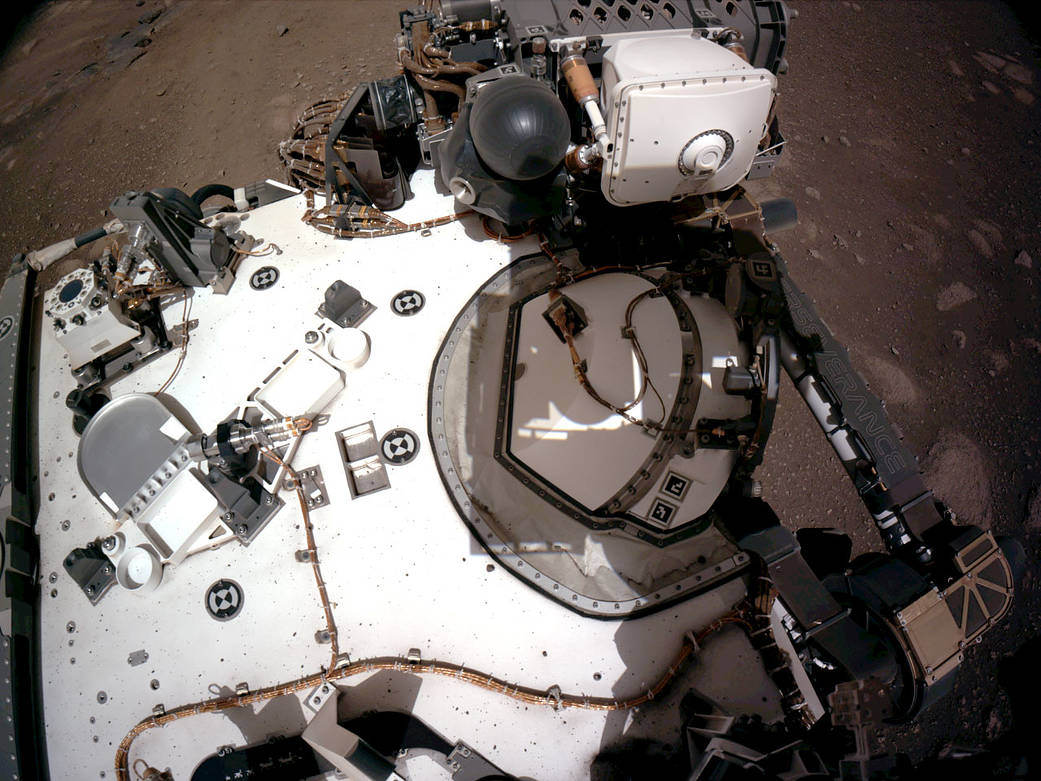Space Environments and Effects Archive (SEEArchive)
The goal of the SEE Program was to collect, develop and disseminate the space environment technologies that are required to design, manufacture and operate reliable, cost-effective spacecraft for the government and commercial sectors that accommodate or mitigate these effects of the space environment. In partnership with industry, academia, and other government agencies, the SEE Program defined the space environments and advocated technology development to accommodate or mitigate these harmful environments on spacecraft; hence the technology is transferred to spacecraft developers for incorporation in design. The SEE Program was formally started in FY 1995 for Technology Development Activities. The SEE Program was discontinued in 2005. Points of contact for the various space environments disciplines can be found below on this SEE Archive page.
Contamination
Satellite Contamination and Materials Outgassing Knowledgebase
Bob Wood
931-455-0375
Planetary
Earth Global Reference Atmospheric Model (Earth-GRAM 2010)
Patrick White – NASA
256-961-7942
https://software.nasa.gov/software/MFS-32780-1
Mars Global Reference Atmospheric Model (Mars-GRAM 2010)
Hilary L. Justh – NASA
256-544-3694,
Venus Global Reference Atmospheric Model (Venus-GRAM 2015)
Hilary L. Justh – NASA
256-544-3694
Lunar E-Library
Dr. David Edwards – NASA
https://software.nasa.gov/software/MFS-32430-1
Charging
NASA/Air Force Spacecraft Charging Analyzer Program (Nascap-2k)
Myron Mandell – Leidos
Victoria Davis – Leidos
https://software.nasa.gov/software/MFS-32056-1
Electronic Propulsion Interactions Code (EPIC)
Victoria Davis – Leidos
https://software.nasa.gov/software/MFS-32165-1
Misc
Meteoroids and Orbital Debris Lesson Plan
Meteoroids and Orbital Debris Lesson Plan



























